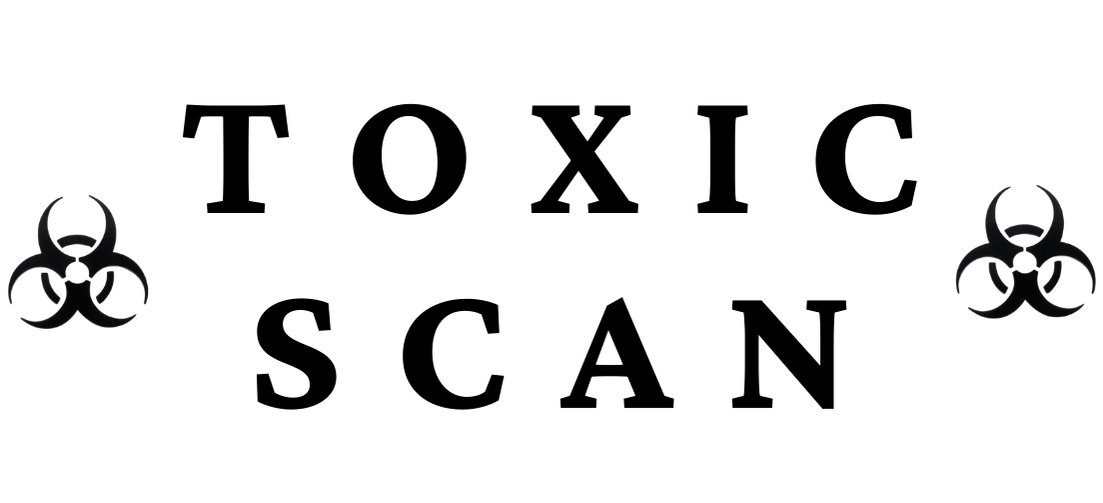E104: Quinoline Yellow
E104: Quinoline Yellow
What is E104 (Quinoline Yellow)?
Quinoline Yellow (E104), also known as Food Yellow 13, is a synthetic food coloring that provides a bright greenish-yellow shade to foods and beverages. It belongs to the quinoline family of dyes, which is different from the azo dyes like tartrazine, but still fully synthetic in nature. This coloring is commonly used in various food products across Europe but is not approved for food use in the United States.
Source and Production
Quinoline Yellow is produced through chemical synthesis:
- Raw Materials: Derived from coal tar derivatives or petroleum products 2. Chemical Synthesis: Created through chemical reactions involving quinoline derivatives 3. Sulfonation: The dye undergoes sulfonation to increase water solubility 4. Purification: The product is purified to meet food-grade standards 5. Standardization: Mixed with diluents to achieve consistent coloring strength
It's worth noting that Quinoline Yellow is completely artificial and does not occur naturally in any foods.
Common Uses in Food
Where permitted, E104 is used in:
- Soft drinks and fruit-flavored beverages
- Candy and confectionery products
- Ice cream and desserts
- Processed snack foods
- Cake mixes and frostings
- Preserved fruits
- Savory processed foods
- Alcoholic beverages
- Cosmetics and pharmaceuticals
Health and Safety
Safety Concerns
Quinoline Yellow has been associated with several health concerns:
- Hyperactivity in children: Like many synthetic dyes, it has been linked to behavioral changes and hyperactivity in sensitive children
- Allergic reactions: Can cause allergic or intolerance reactions in sensitive individuals
- Asthma exacerbation: May trigger asthma symptoms in some people
- Skin rashes: Can cause urticaria (hives) in sensitive individuals
- Possible carcinogenicity: Some animal studies have raised questions about long-term safety
Southampton Study
Quinoline Yellow was one of the six food colorings investigated in the 2007 Southampton study, which found evidence of increased hyperactivity in children consuming mixtures of these artificial colors along with the preservative sodium benzoate. This study led to increased regulatory scrutiny of synthetic food dyes.
Regulatory Status
The regulatory status of Quinoline Yellow varies significantly worldwide:
- European Union: Permitted as E104 but requires warning labels stating that the color "may have an adverse effect on activity and attention in children"
- United States: Not approved for use in food
- United Kingdom: One of the "Southampton Six" colors that UK food safety authorities have encouraged manufacturers to voluntarily remove
- Australia/New Zealand: Permitted with mandatory labeling
- Japan: Restricted use
- Canada: Permitted in some food categories
The European Food Safety Authority (EFSA) has established an Acceptable Daily Intake (ADI) of 0.5 mg/kg body weight.
Identification on Labels
Quinoline Yellow may appear on food labels as:
- E104
- Quinoline Yellow
- Food Yellow 13
- C.I. 47005
- C.I. Acid Yellow 3
- D&C Yellow No. 10 (in cosmetics)
Alternatives to E104
For those looking to avoid Quinoline Yellow, alternatives include:
-
Natural colorings:
- Turmeric/curcumin (E100)
- Safflower extract
- Beta-carotene (E160a)
- Lutein (E161b)
-
Foods labeled:
- "No artificial colors"
- "Natural colors only"
- Organic foods (which typically prohibit synthetic dyes)
Conclusion
E104 (Quinoline Yellow) is a synthetic food dye with moderate safety concerns, particularly regarding its potential effects on children's behavior and its allergenic potential in sensitive individuals. Its moderate toxicity rating (3/5) reflects these concerns and the fact that it's been banned in some countries like the United States.
For consumers concerned about synthetic additives, checking ingredient labels carefully and choosing products with natural colorings is advisable. The absence of this additive in the US food supply illustrates the different approaches to food additive regulation across global markets, with some authorities taking a more precautionary approach than others.
